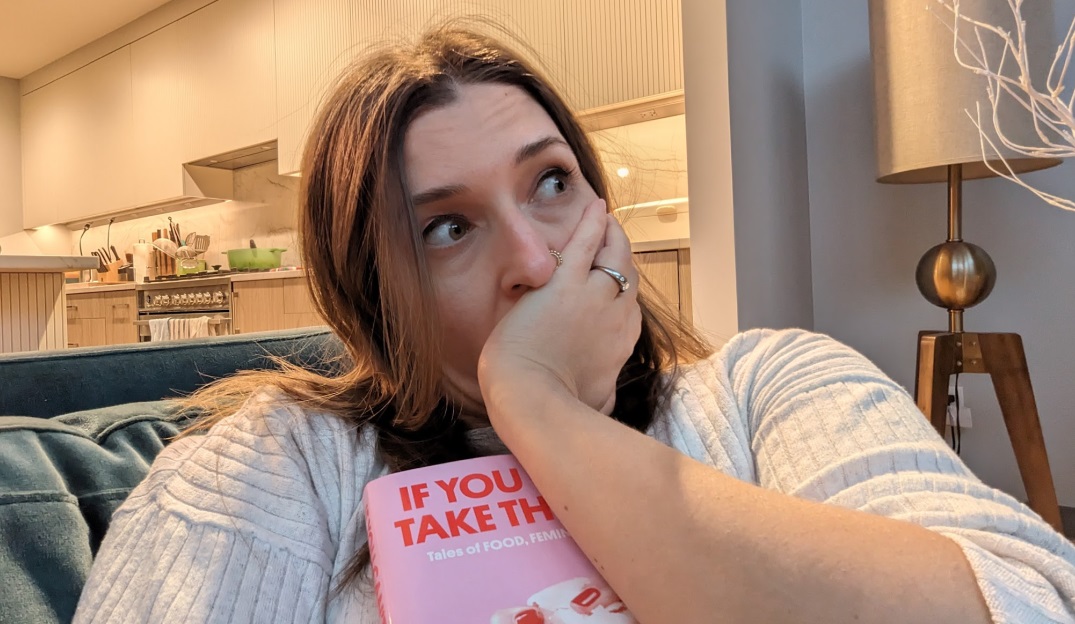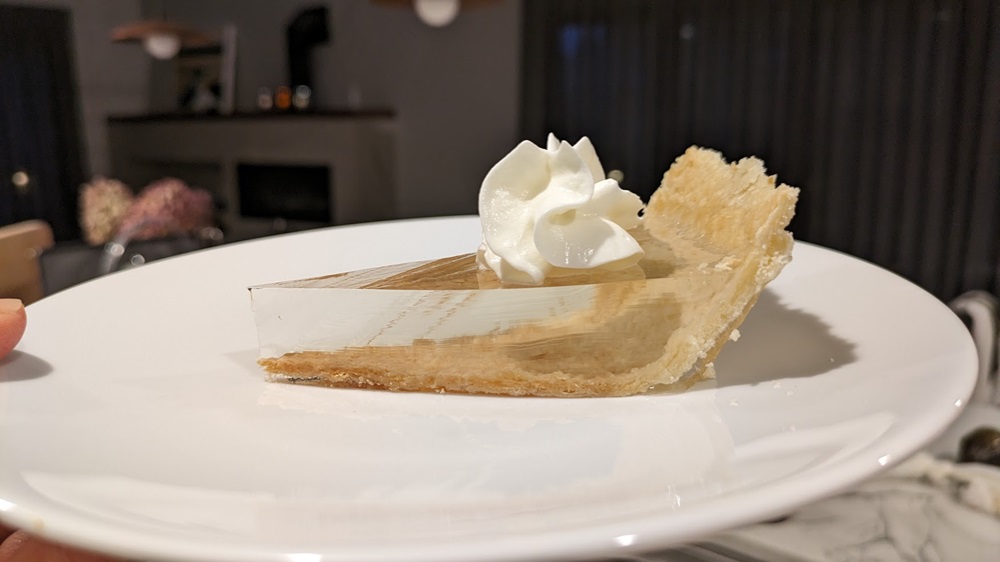How Long Does It Take to Publish a Book? (And Other Publishing Questions, Answered)
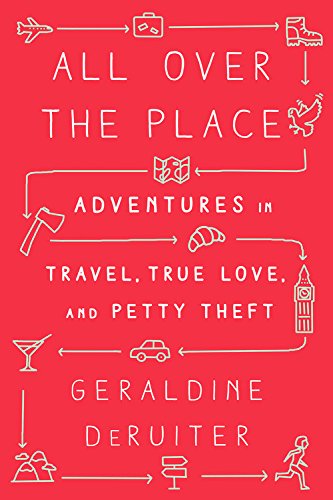
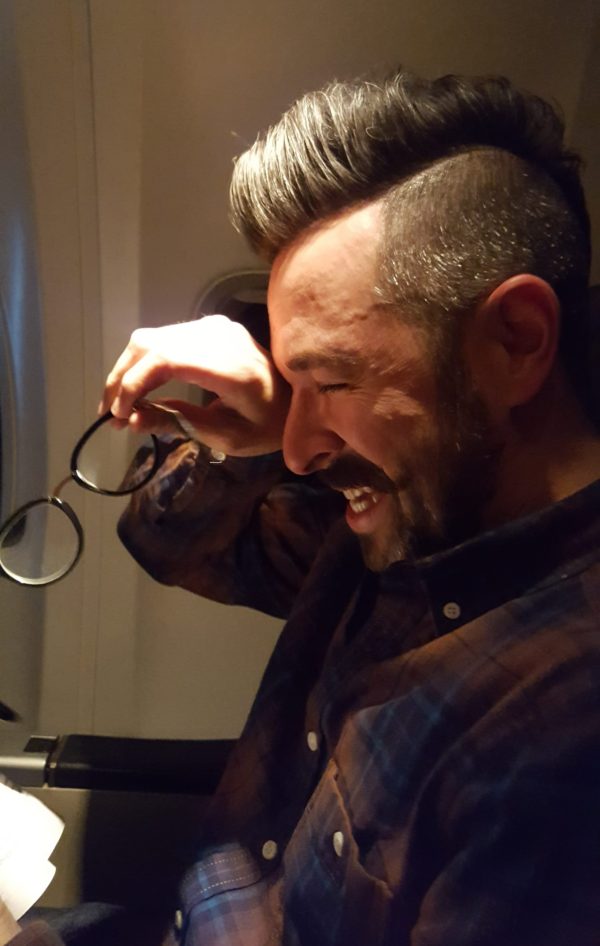
Rand, reading an early copy of my book on a plane.
Though it’s been a year – almost to the day – since I sold my book, I realize I haven’t written that much about the entire experience. This omission is bizarre if you consider that it’s possibly the single most important moment in my professional career, but makes total sense if you consider that I’m SUPER superstitious. There was a part of me that thought writing about my book deal too extensively would be a bad idea, because someone at the publishing house would see it and think, “There is no way we agreed to publish this woman’s book. Please let her know we’re cancelling the deal and also mail her a box of cockroaches.”
(Note: I do not know why my publisher would be mailing me cockroaches, but this is how anxiety works.)
But now? I’m pretty sure we’ve passed the point of no return. The final PDF of my book just came in, and it’s available for pre-order, and people are already buying it SO THE JOKE’S ON YOU, PUBLISHING COMPANY SUCKERS. Ahem.
Having just insulted my amazing publisher who helped realize a lifelong goal, I thought I’d answer some of your publishing questions, and give you a breakdown of what the entire publishing process and timeline was for me. (Tomorrow, I’m posting an interview with my editor as well! Stay tuned!)
—————
How Long Did it Take You to Write Your Book?
About a year. I spent pretty much all of 2014 working on it. My goal was a chapter a month, which I apparently exceeded because the book is actually 15 or 16 chapters long. Everyone I tell this to always remarks that a chapter a month feels very reasonable, and it was. I think that’s why I was able to complete it. Set too lofty a goal and you’ll burn out quickly.
—————
How Did You Stay On Track?
If you know me, you’ve probably noticed that I’m horribly unmotivated. I’m not an ambitious person, and if it were up to me I’d stay in my pajamas until well after noon (which I just realized I’ve done today. Whoo hoo!) So in order to stay on track, I decided to make myself accountable to someone else. If you’re working with a publisher, they’ll keep you on track, but in my case, I enlisted the help of my friend Chad. I’ve heard that getting someone who you are afraid to disappoint is critical.For every day that I was late with turning in a chapter, I had to pay him $5. It worked.
—————
Do I Need an Agent?
Unless you are planning on self-publishing, yes. Working with a traditional publisher would have been a daunting and impossible task if not for my agent Zoe. I literally don’t know of a single publisher who will work directly with an author who doesn’t have representation. Not only do agents get your proposal/manuscript in front of publishers in the first place, but they also negotiate your deal, have lawyers look over your contract, and advocate for you in all sorts of ways big and small. They don’t simply sell your book – they help make your book worth buying.
—————
How Long Does It Take To Publish a Book?
The answer varies, but the number I most often hear is about 18 months from the time a rough draft is completed. I sold a completed (but obviously not final) manuscript in February of 2016. We’ve just finalized the copy and the cover this month, after a year of working closely with an editor (note: the book was not a full-time obligation, but there were months where it took up all my days). All Over the Place: Adventures in Travel, True Love, and Petty Theft will be out May 2nd. So it took me 15 months and that was with a book that needed relatively little editing. Some manuscripts need to be completely reworked, which takes more time. And obviously if you’ve sold a proposal then your book hasn’t been written yet, so you can easily add a year or more of writing to those 18 months.
My timeline went something like this:
2014: Work on and finish a very rough draft of my book.
February 2015: Find out my small indie publisher has folded. (I was going to work directly with them – it was sort of like self-publishing but with a slightly more established platform, so I didn’t need an agent). Lots of tears and cake eating ensue. I start halfheartedly looking for representation.
March 2015: Convinced my book is going to wither on the vine, I start blogging more. I write a piece for Marie Claire about Rand picking out my outfits for a week. Later, a post I wrote on Paleo goes viral.
July 2015: I get an email from Zoe after she read the Marie Claire article and found my blog. She sees that I’m looking for an agent. I send her a sample chapter of my book. She doesn’t hate it. At all.
August 2015: I go to NYC and meet with Zoe and a few other agents (note: a lot of agents are based in Manhattan. You don’t need to travel there to sign with one, but I was heading there anyway). I arrive to every meeting dripping sweat because it’s August and the city is on fire.
By the end of the month, I decide to have Zoe represent me. She’s patient and optimistic and cheerful and oh god I just realized we’re opposites.
October 2015: I’ve spent the last few weeks cleaning up my manuscript so we can show it to publishers, and send it to Zoe at the beginning of the month. She gets her edits back to me a few weeks later.
December 2015: I’ve spent the last month working on Zoe’s suggested edits, and I email her the new draft.
January 2016: Zoe looks over my changes and says the draft is ready to go WHICH CANNOT BE RIGHT. She sends it out to a long list of publishers and imprints that she’s pulled together, along with info about me and a LOT of statistics about this site and my social media following. There are a lot of friendly passes, but several say they’re interested in setting up meetings.
February 2016: I head to NYC to meet with several interested publishers. It is easily one of the strangest and most exciting moments of my professional career. Zoe is there for some, but not all, of the meetings. We discuss the manuscript, my audience, and my plans for other books. I wear a sleeveless top and forget to shave my armpits. I crack jokes. Many flattering things are said. David Sedaris’ name comes up. I’m not sure what to believe.
Weirdly, Rand is also pitching his book during this trip – so while I’m trying to sell my manuscript, he’s trying to sell his proposal. And by the end of the trip, he’s sold his book in something called a pre-empt (which means the publisher makes a big offer in hopes of stopping the book from going to auction).
Later that month, my book goes to auction. This means that Zoe sends out an email to the various interested publishers requesting bids. They send in their starting offers, but they have a chance to raise them if theirs is too low. The auction goes on for several days, and the publishers don’t know who they’re competing against. Mine started on a Monday. Bids were due on Wednesday. By Tuesday night I’d lost my mind, convinced the book wasn’t going to sell.
On Wednesday morning, bids started coming in. I spent a lot of time emailing Zoe and Rand messages in all caps. I can’t discuss it too much, but there was a back and forth that led to offers being raised. I was at my friend Pam’s house, mashing waffles into my face and reading emails out loud while freaking out.
And then … it was over. And I had to decide on a publisher. I mulled it over for a few days before sending Zoe my answer.
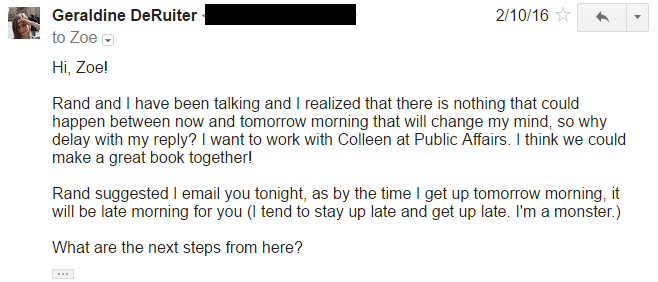
In February of 2016, Colleen, my editor, recommends changing the title from Hopefully Lost to All Over the Place. I think it is a brilliant move. I give her a list of potential subtitles, and she picks Adventures in Travel, True Love, and Petty Theft.
Over the next year, Colleen and I work on the book. The work ebbs and flows – sometimes I’m waiting for her to get back to me, some days I’m just writing like a madwoman from morning until night. I’m used to tweaking sentences and jokes, but Colleen was asking me to consider things that had never occurred to me. She gave me advice like, “Be sure to anchor the reader in time” and would make me aware of when I switched from a personal story to making big proclamations about the state of the world with little transition (something I do a lot). She pointed out paragraphs that fell flat and how I have a tendency to write very short, choppy sentences that work on a blog but not necessarily in a book.
We had entire an entire back and forth about Ashton Kutcher and whether I could make a joke about the Punic Wars. We moved entire chapters. We deleted one or two. I rewrote huge sections of the book. We started out big – creating an entire narrative arc that was largely missing – and then focused in. And all the time, I wondered how Colleen was able to see the finished product – it was like a sculptor being able to see the figure inside a hunk of marble. Except that this hunk of marble was full of poop jokes.
Keep in mind: I was rewriting entire chapters, and that still constitutes “minimal editing.”
September, 2016: Colleen tells me that the book is done. It’s now off to a project editor, Melissa, who is equally patient and wonderful and oversees the rest of the publication process. I keep dragging Colleen back in to the conversation, though, because I’m having separation anxiety. I also keep making changes even though the book is done. Like a child with a scabby knee, I cannot stop picking at it.
Fun fact: the author helps write the content that goes on the inside flap of the book – so I describe myself in third person and talk about my own hilarity, which is weird if you’re super self-conscious. A modified version of this content is on the back of the galleys (a gally is an early paperback version of the book that go out to reviewers). I also write the About the Author and Acknowledgements sections.
October: I receive my final jacket design for the book. I also keep making small edits and adding in jokes. My final date to make changes is Thanksgiving.
November: I AM DONE WITH THIS THING AND NOW I WILL GORGE MYSELF ON TURKEY.
December: Colleen, Zoe, my marketing team, and I discuss who we can get to blurb the book. We send out galley copies to several people. The blurbs come back in January and February and are added to the back cover. The book is also sent out to various publications that need a lot of lead time to review a book, as well as individual reviewers.
Also, my dad dies. He never gets to read my book. But he knew it was being published, so I try and comfort myself with that.
January: I send a couple of options for an author photo to my publisher. During this time, early reviews are coming in for the book. Publisher’s Weekly posts a wonderful review, and the response on Goodreads is very positive.
February: I get the final PDF of the book, as well as the final cover design. It. is. done.
Rand’s grandfather calls him. He’s almost through with my book. “It’s not what I normally read,” he says, “but she’s very good.” I cry in the middle of my kitchen.
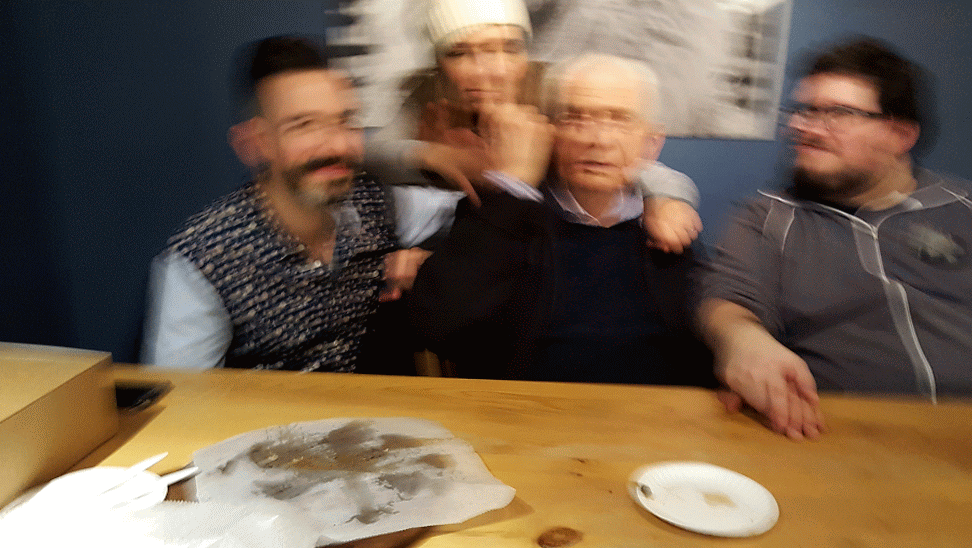
Rand, his grandfather (poking me in the nose), and my brother-in-law.
And now?
We’re now working on the marketing plan, setting up interviews, and planning some events around the time of launch. I still need to look over a few things – mainly the final PDF (sorry, Melissa! I’ll get on it!) The book will be released on May 2nd, 2017. 15 months from completed rough draft to final book. Almost two years after I met my agent. And about three years from when I started writing my book. Christ, some of the jokes I wrote don’t even make sense anymore.
And … well, that’s it. Writing a book takes some serious time. But I’ve found that the years pass just as slowly when you aren’t writing one.
If you’ve got any more questions, please leave them below and I’ll do my best to answer.

